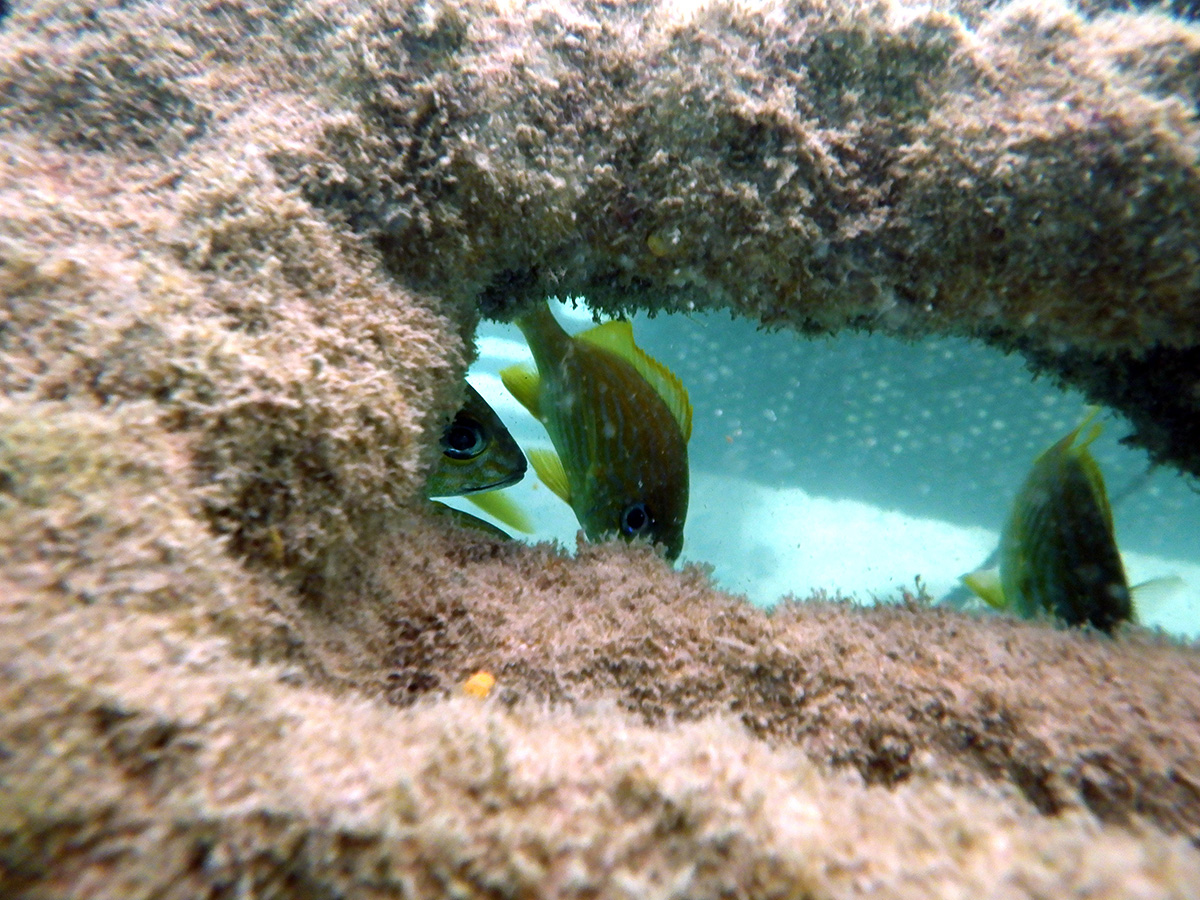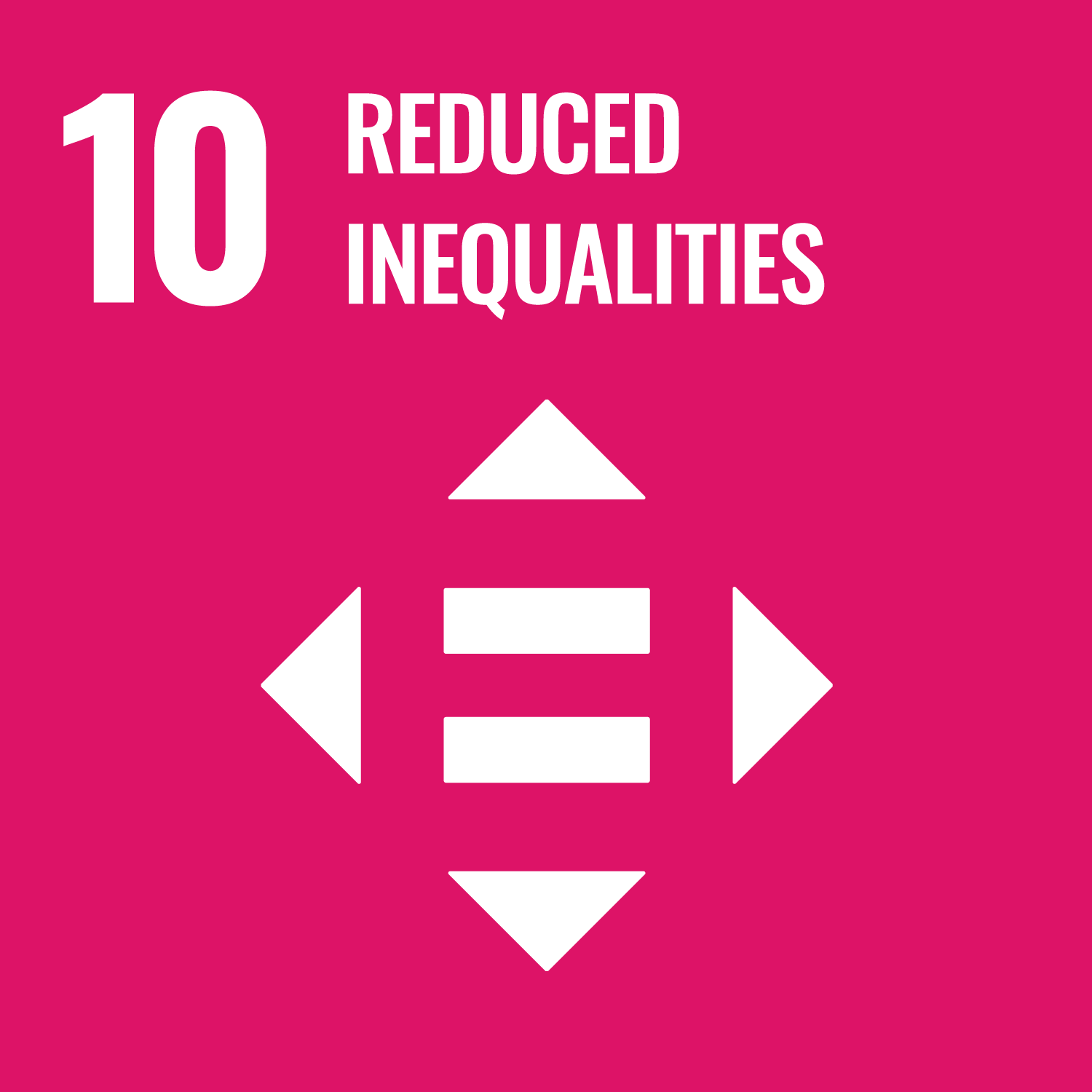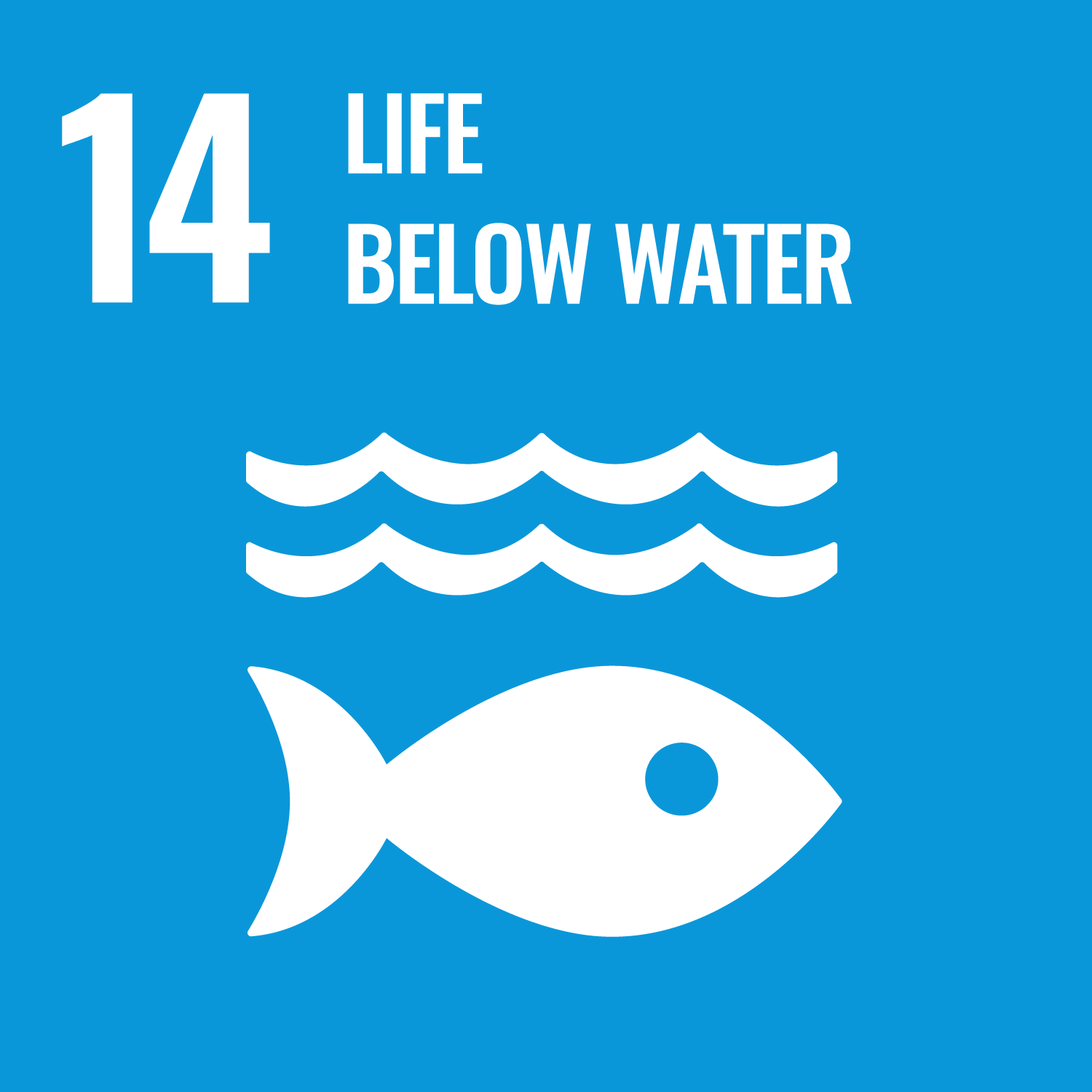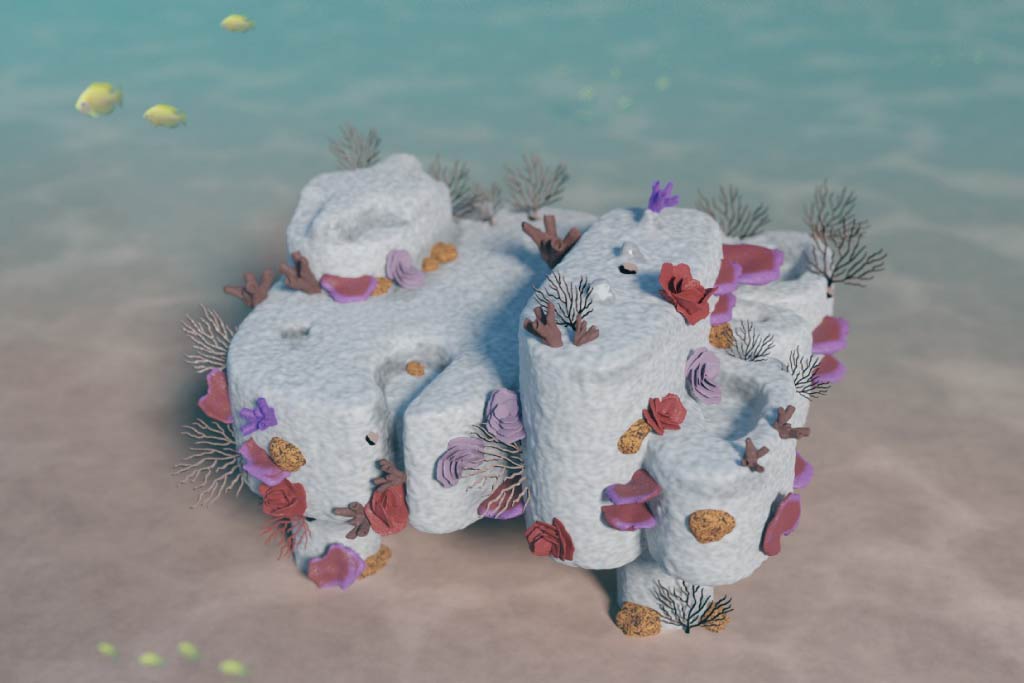





The CCell system creates habitats for marine life and supports the regeneration of marine ecosystems. By reducing wave energy, it encourages sand deposition on beaches — reviving coastlines while improving the natural beauty of the shoreline.
CCell Habitats are a specialised adaptation of the CCell solution designed to foster ecotourism and inspire visitors to engage with marine conservation and habitat restoration.
Through integrated features such as sculptures and lighting, the reefs transform into living underwater attractions — vibrant habitats that inspire awareness, tourism, and a deeper connection with the ocean.
Adventure travellers are showing a growing interest in underwater tourism — from exploring vibrant marine habitats to visiting unique underwater museums.
The CCell Habitats underwater trail offers divers of all abilities a captivating experience, where art and ecology merge to create living sculptures that nurture marine life.
Globally, underwater tourism is valued at over US$20 billion, while coral reef tourism contributes more than US$35 billion annually — highlighting the immense potential of this thriving sector.

CCell Habitats can be installed beneath existing docks, jetties, marinas, or ports. Restoring habitats in these areas (especially when colonised by filter feeders such as oysters and mussels) helps to clean polluted or cloudy water and enhance local biodiversity. Aquaculture farms can also be established in and around the CCell structures, with viewing points that allow visitors to observe the thriving marine life below the surface.
In warmer waters, tourists can actively participate in marine habitat restoration, turning CCell Habitats into an exciting venture for hotels and coastal properties. These projects promote marine education, public awareness, and a deeper appreciation for ocean health.

The design and assembly of miniature sculptures and words formed from loops of steel add both complexity and character to each reef, creating unique spaces for marine life to thrive.
Under supervision, tourists can attach these structures to existing reefs, where they will gradually accumulate mineral deposits and foster vibrant habitats for small fish and corals.
Over time, these personalised features become part of the reef’s very DNA, leaving a lasting legacy that connects people to the ocean for generations to come.

Telchac Puerto is a small fishing village on the northern coast of the Yucatán Peninsula. The community has faced significant coastal erosion and a sharp decline in fish stocks.
In partnership with local residents, we launched a project to create an underwater dive site designed to stimulate tourism, revitalise the local economy, and establish a new marine protected area.
Drawing inspiration from the region’s rich Mayan heritage, the installation features elegant sculptures based on the Mayan zodiac, surrounded by a thriving CCell coral reef.
This initiative restores both ecological and cultural value to the coastline - creating a living site for marine restoration, environmental education, and cultural appreciation.
